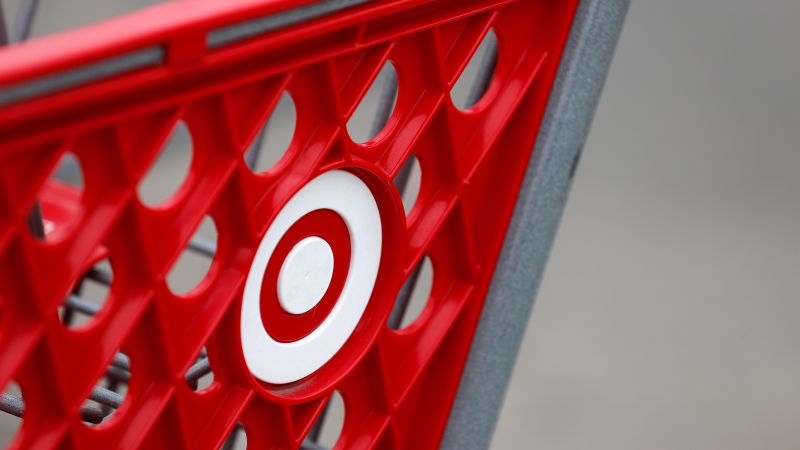Target, known for its cheap chic home goods and clothing, has seen a decline in sales over the past few years due to surging prices. The company reported a 3.7% drop in sales at stores open for at least one year during the latest quarter, making it the fourth-straight quarter of declines. This decline was primarily seen in discretionary categories as customers have been cutting back on nonessential items in favor of necessary goods during the inflation spike.
As a bellwether for consumers’ spending habits, Target’s core middle-class customer base has been strained by higher prices, leading to a pullback on discretionary goods such as home decor and electronics. Additionally, Target has struggled with its merchandise mix and higher prices compared to competitors like Walmart. While the chain has added more food and essentials to its stores in recent years, it still falls behind Walmart in terms of grocery sales. Meanwhile, Walmart’s sales have seen an increase of 3.8% in the last quarter.
In an effort to attract more shoppers, Target has implemented strategies such as cutting prices on key items and introducing its own brands. The company has lowered prices on over 1,500 popular items and introduced a new house brand called Dealworthy to compete with dollar stores and Walmart. This budget-friendly lineup includes items ranging from phone chargers to disposable plates and underwear. These initiatives are aimed at appealing to inflation-wary shoppers who have been deterred by high prices.
Target’s initiative to slash prices on popular items and introduce a new budget-friendly house brand comes at a time when customers are becoming increasingly price-conscious due to rising inflation. By offering lower prices on essential items, as well as creating a line of budget-friendly products, Target aims to attract customers who may have turned away from the retailer in search of more affordable options. This strategy targets shoppers who are prioritizing necessary goods over nonessential items during the current economic climate.
As Target faces challenges from competitors and changing consumer preferences, the company’s efforts to lower prices and introduce its own brands demonstrate a proactive approach to address declining sales. By focusing on high-demand items and offering budget-friendly options, Target looks to regain its appeal among price-conscious shoppers. The company’s ability to adapt to changing market conditions and consumer behavior will be crucial in maintaining its position as a leading retailer in the industry.













